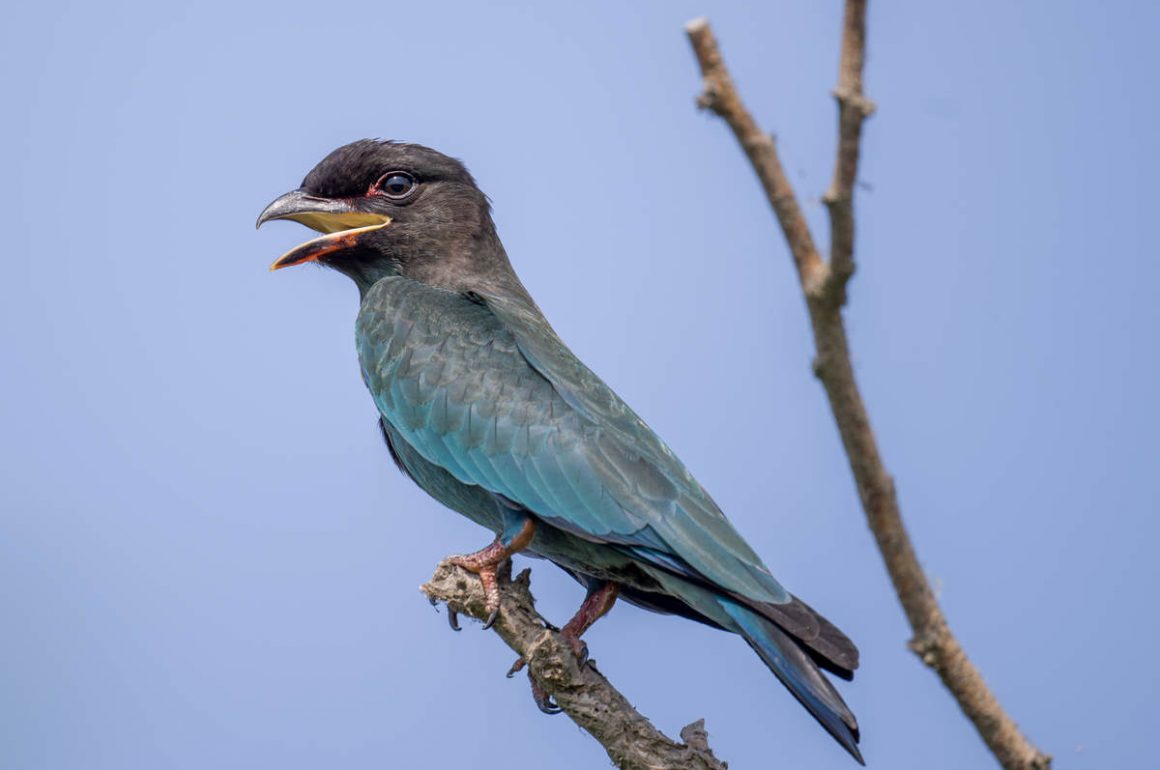
I think there is a potential joke somewhere in a person saying in an exaggerated French accent “I have no egrets” (try imagining the French accent please, otherwise this is definitely not funny. Even with the French accent, it probably isn’t, but that is another problem).
Somehow it bothers me that I have not been able to get this joke (presuming it indeed exists) into daylight. Second try, if the French accent did not do it for you: Imagine the person saying “I hahve no egrets” (This pronunciation is the result of believing in the powers of the internet and thinking that there probably is a website generating French accents out there. And indeed there is, though I am a bit disappointed that the word “egret” does not really receive any treatment, which I had hoped would make it sound more like a French pronunciation of “regret”).
Maybe the joke works better directly in French? “Je ne aigrette rien” by Edith Piaf? That does not really work either.
Anyway, this is a Little Egret.
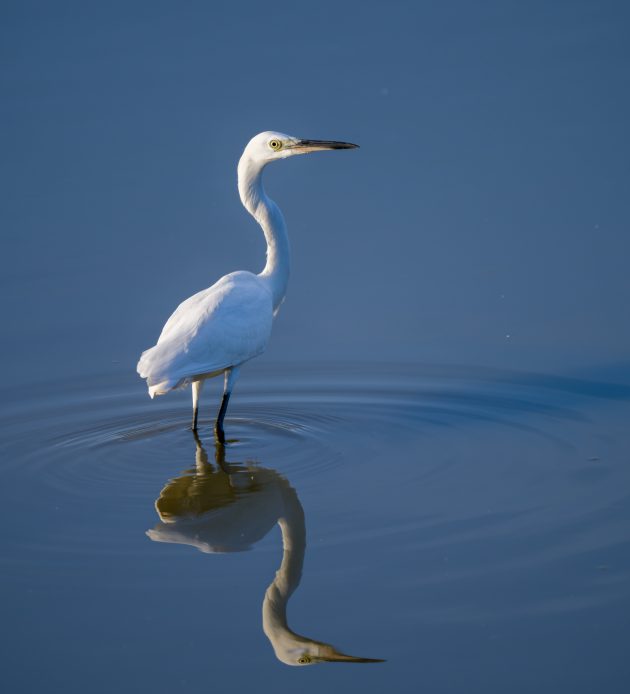
Here is another one.
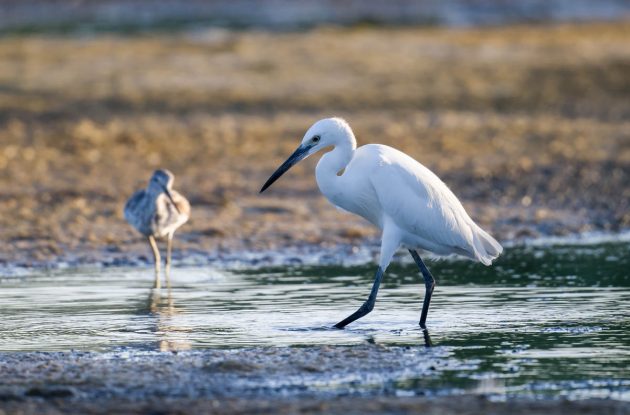
Here is one on a tree.
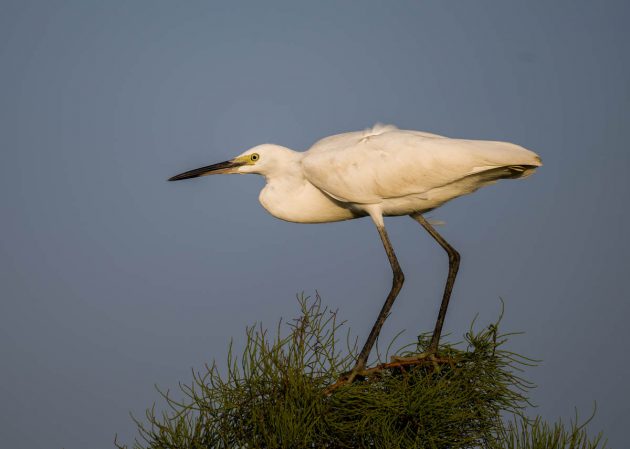
Do I regret posting a photo of a very common bird? No. I guess I should, though.
I am just skimming “Denial”, a book by Jared Del Rosso, in which he discusses (among many other, more important things) the way birdwatchers focus on birds perceived as interesting:
“Experienced birders often redirect the attention of novice birdwatchers from a common bird, the robin or starling, to the uncommon warbler flitting above them. Eventually, the novice birder learns to give the common birds but a perfunctory glance and leave them unreported when others ask what they are watching.”
I mean, I understand the principle, but does it have to be a f*cking warbler?
(Even less relevant side note: To my delight, the author has a firmly anti-Trump tone, remarking for example that “A president claims he was being ‘sarcastic’ after, in all seriousness, he raises the possibility of injecting Americans with bleach in order to control a pandemic.”)
At least the quote above gives me a good reason to show a few more very common Shanghai birds … such as Grey Heron …
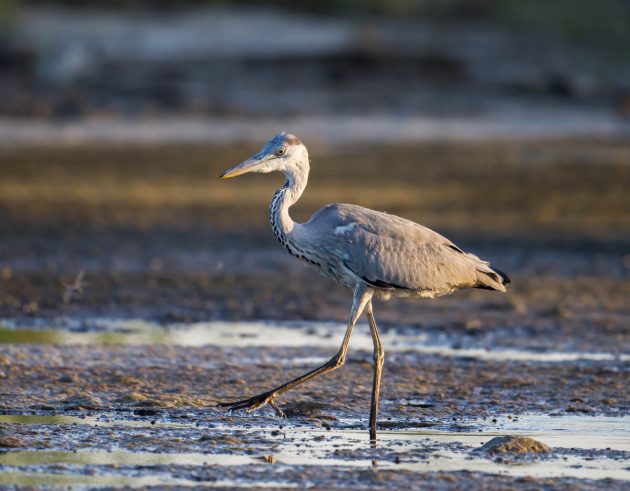
… (a species prone to siblicide under specific conditions) …
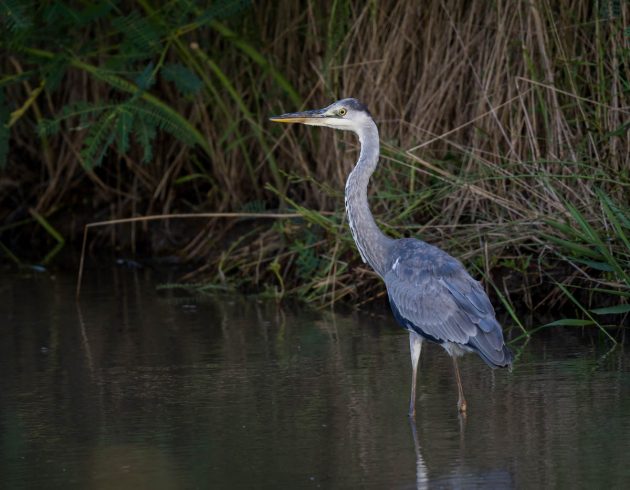
… Cattle Egret …
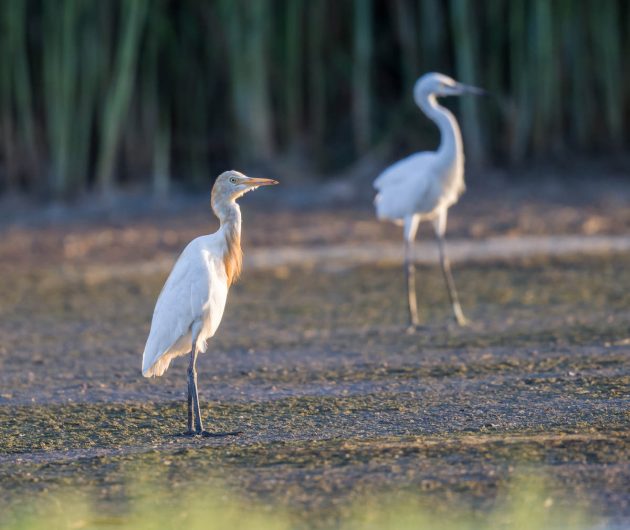
… (in the bad old days of ornithology – around 1970, to be more specific – a study of the food consumed by this species was done by simply shooting 365 of them – good work, Mr. Siegfried, I hope you are proud of yourself) …
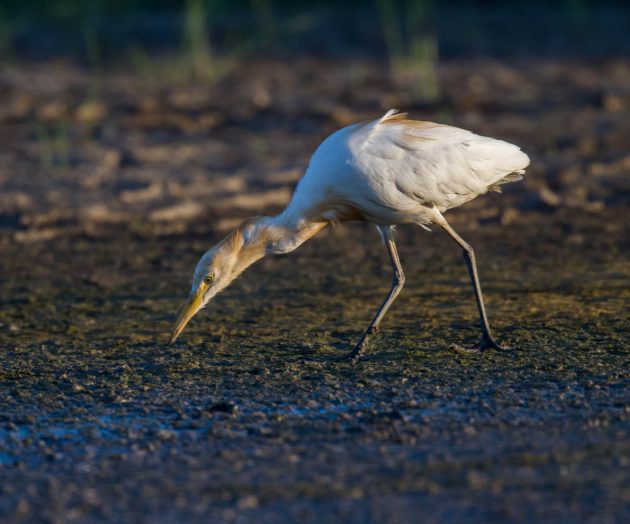
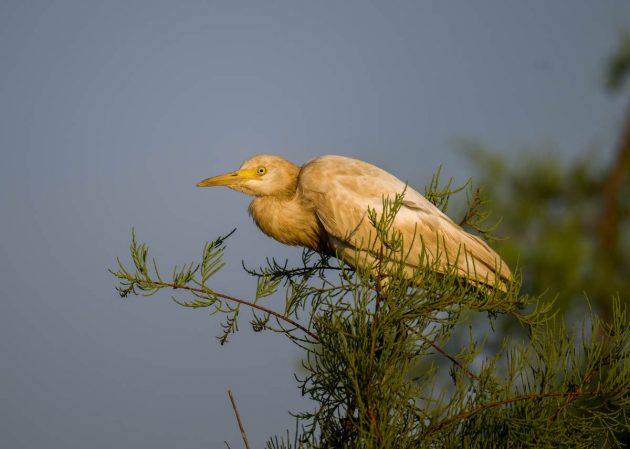
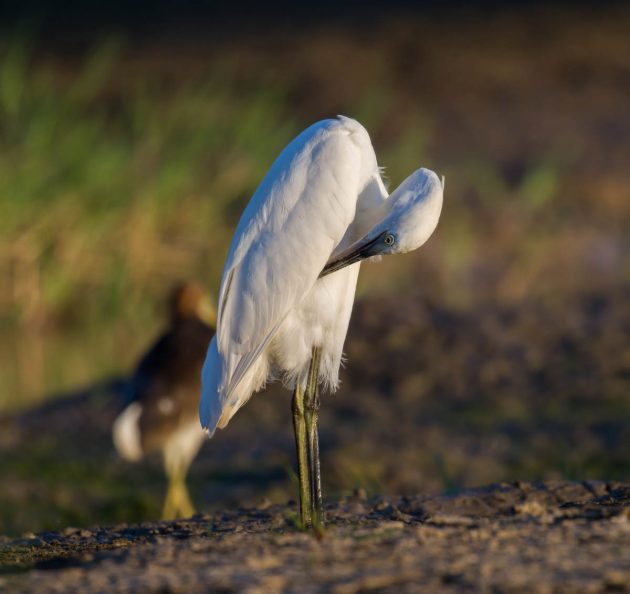
… Intermediate Egret …
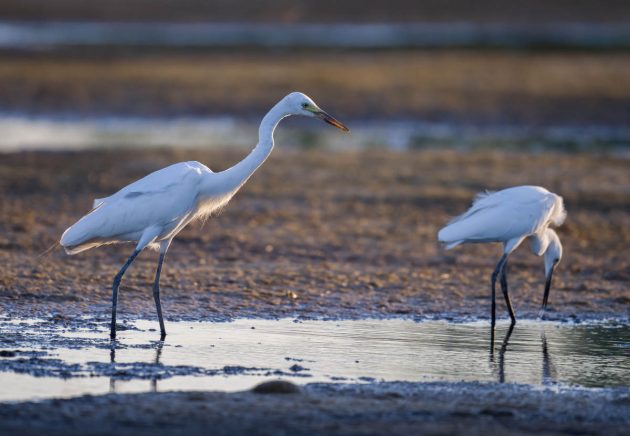
… (which apparently occasionally suffer from brood parasitism by Cattle Egrets, at least in Korea) …
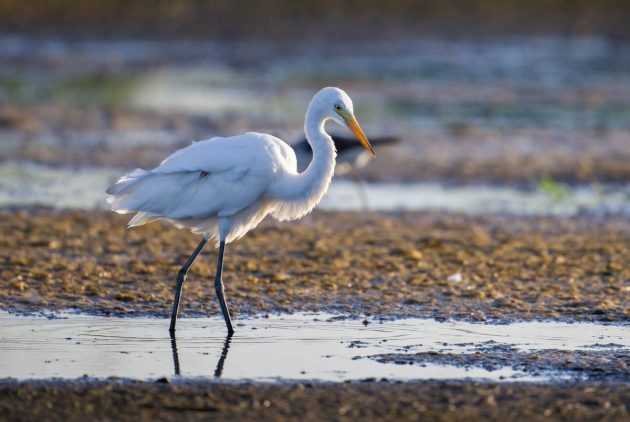
… Little Ringed Plover …

… (a bird that seems to attract people with weirdly specific interests even by the standards of ornithologists – witness this paper titled “Part 1: Ageing and sexing the curonicus subspecies of the Little Ringed Plover Charadrius dubius“) …
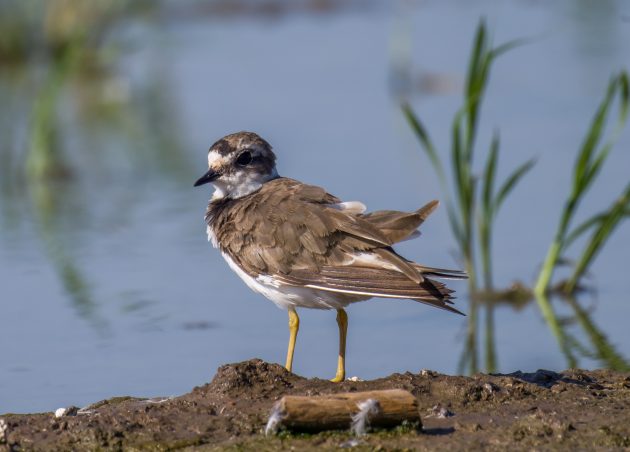
… and everybody’s favorite leg model, the Black-winged Stilt.
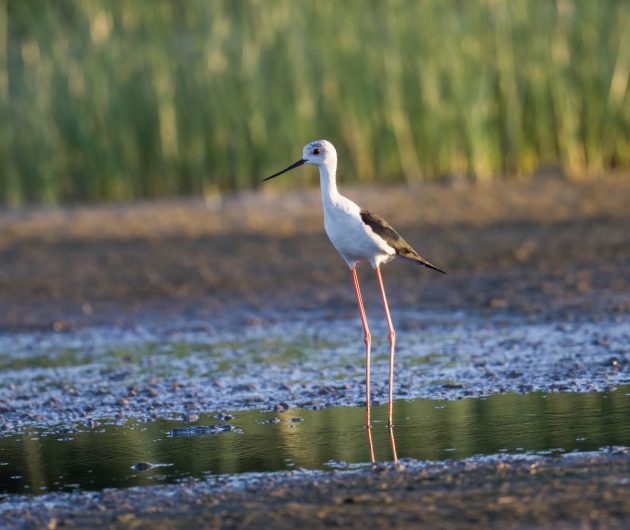
The species that prevented the month from being really boring was the Amur Paradise Flycatcher. It seems they did well this year, with quite a few chicks being taught how to handle dragonflies, while the parents were suffering from molt. Too many photos as usual …
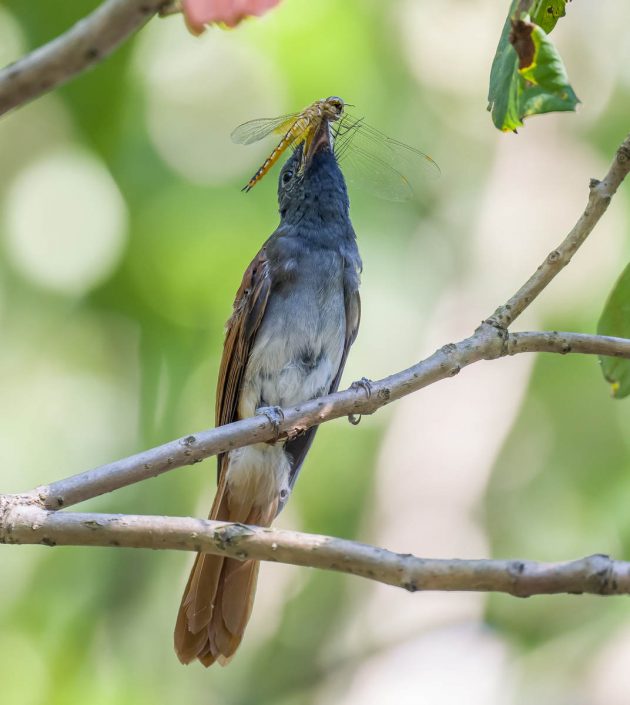
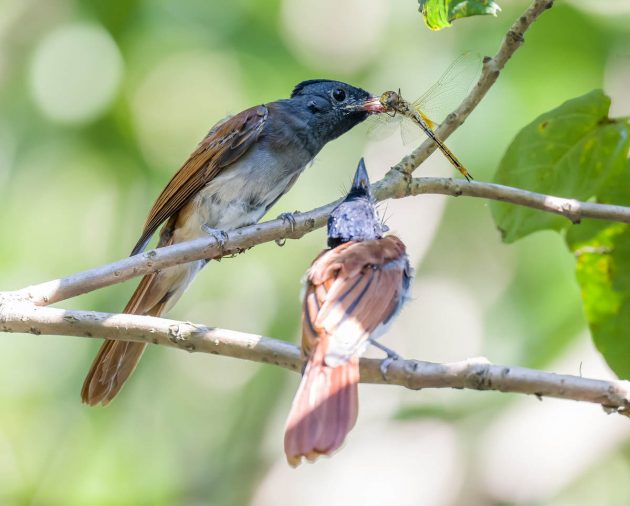
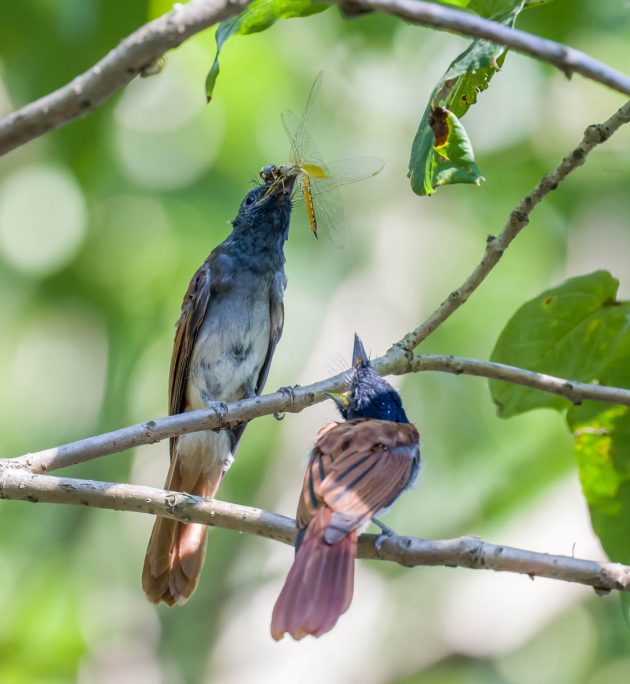
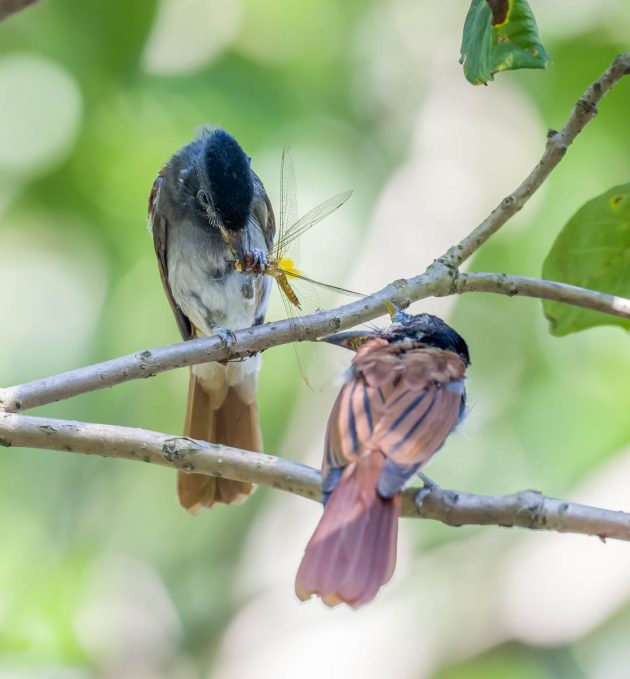
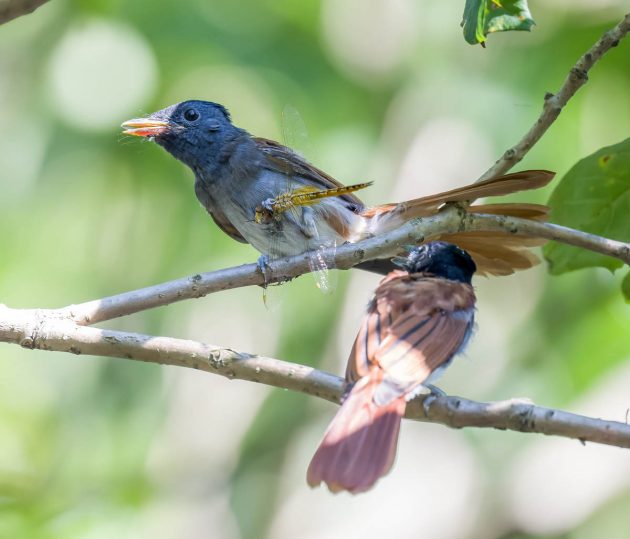
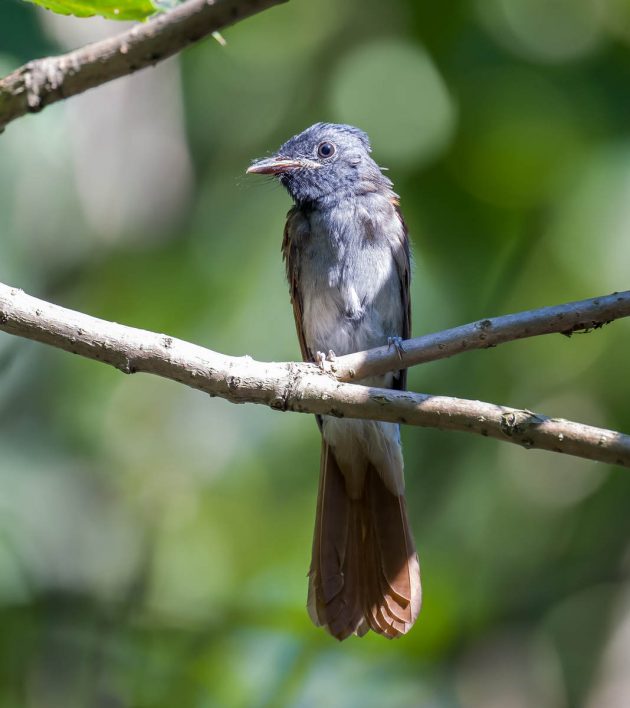
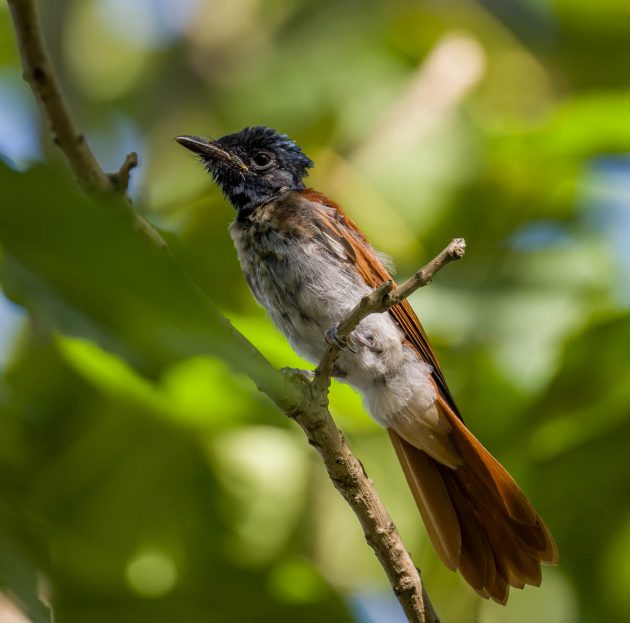
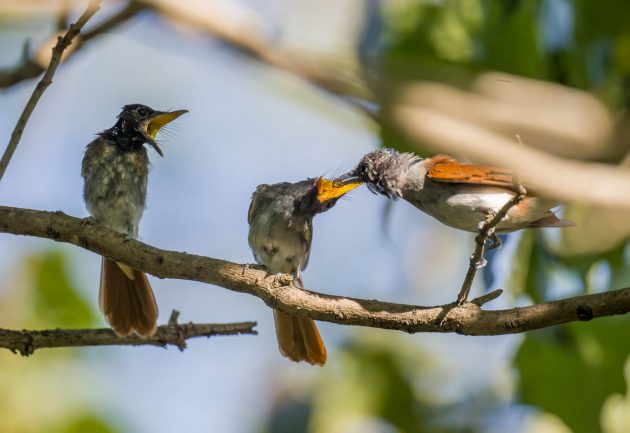
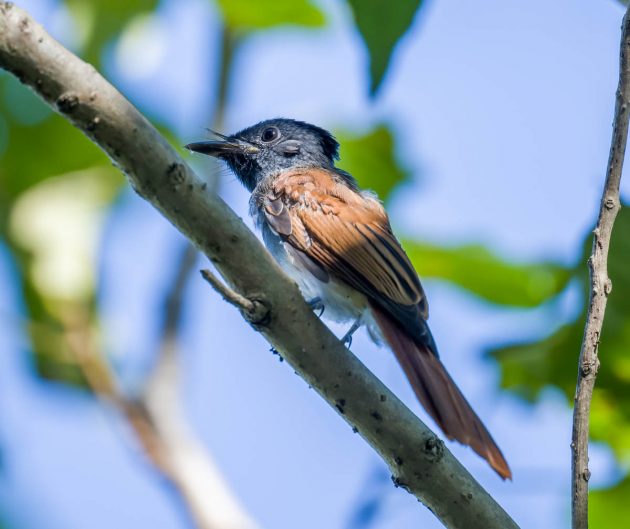
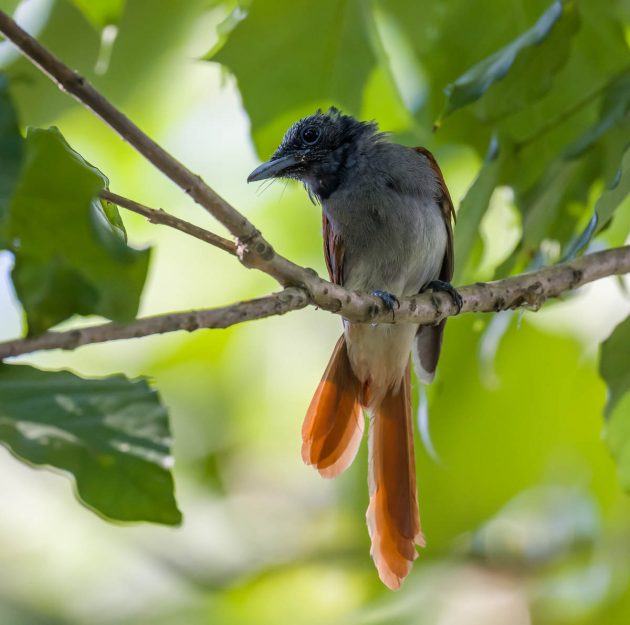
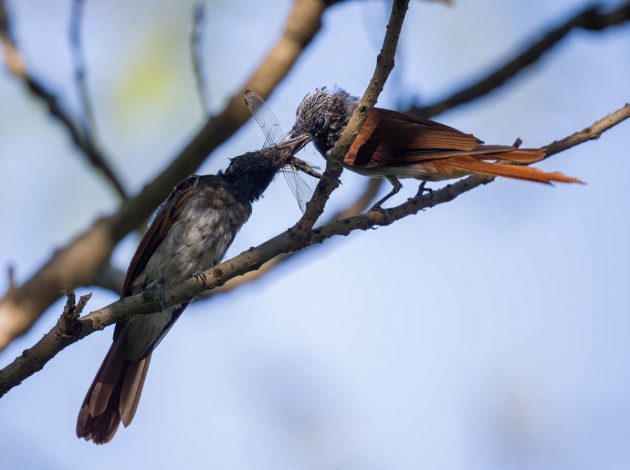
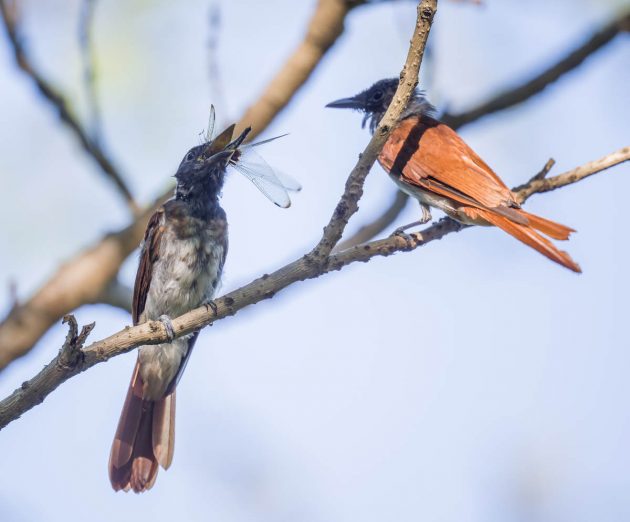
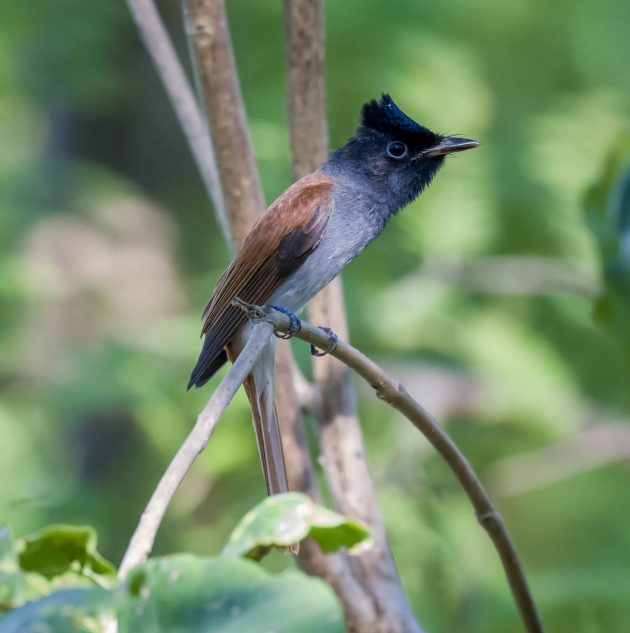
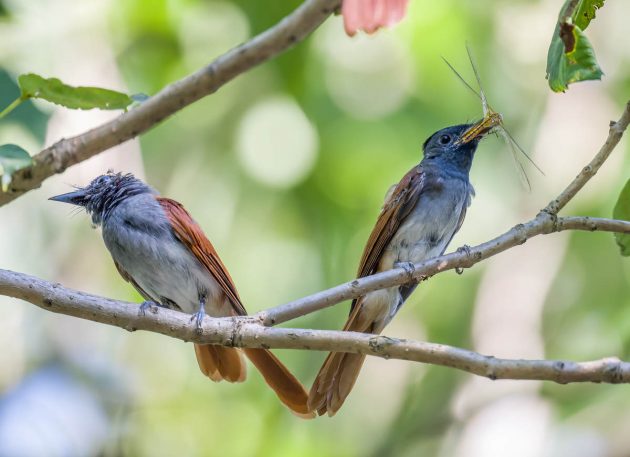
A few weeks later at Nanhui, a slightly better-dressed member of the species was already on the way south.
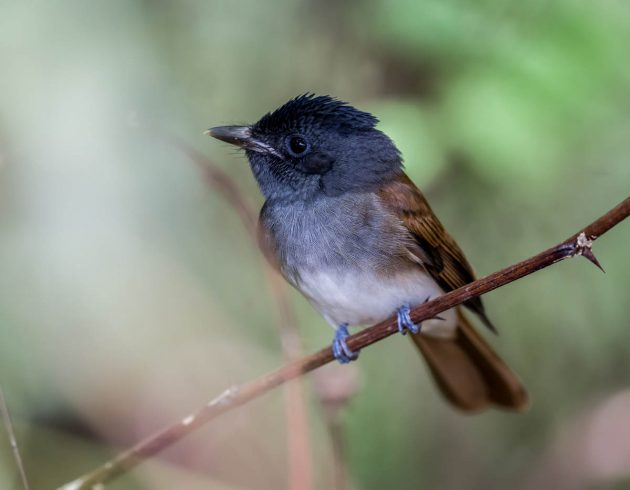
In other news: juvenile Black-crowned Night Heron posing as guardian to something (the underworld?) …
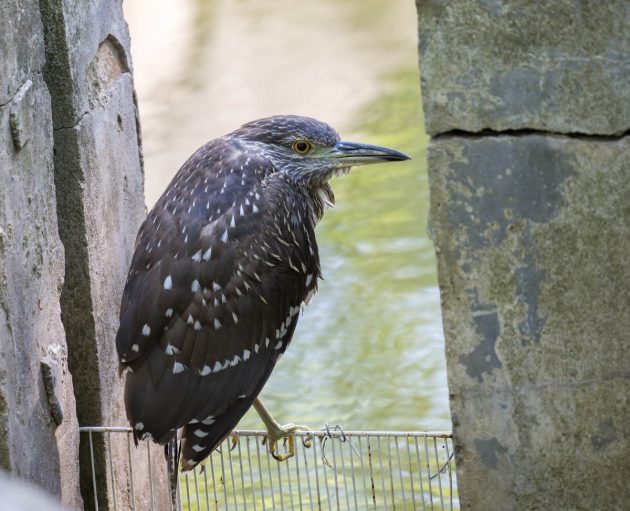
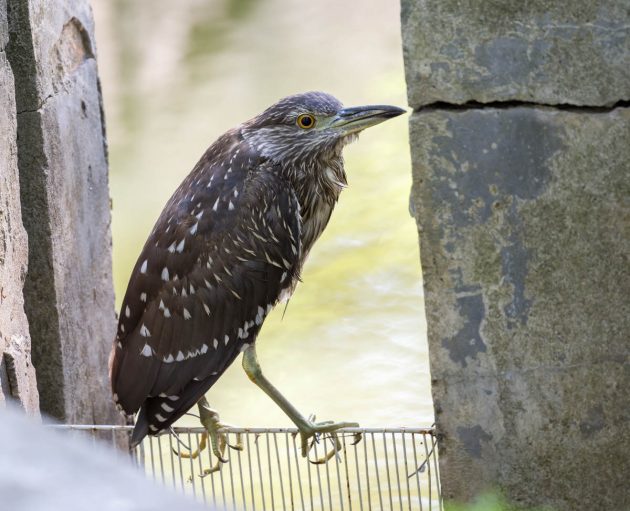
… Common Sandpiper posing as, ahem, a very common wader …
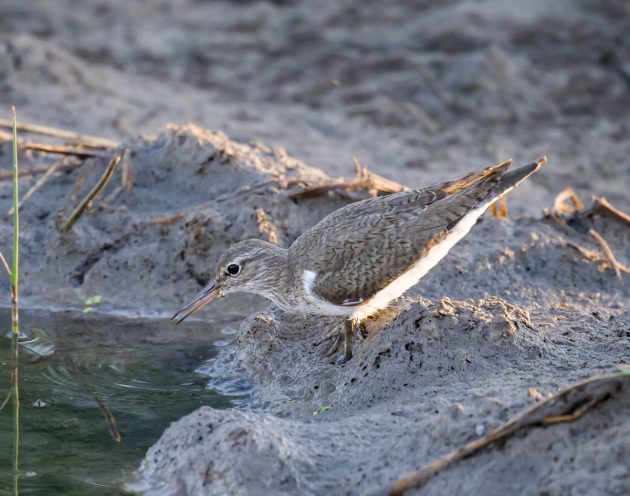
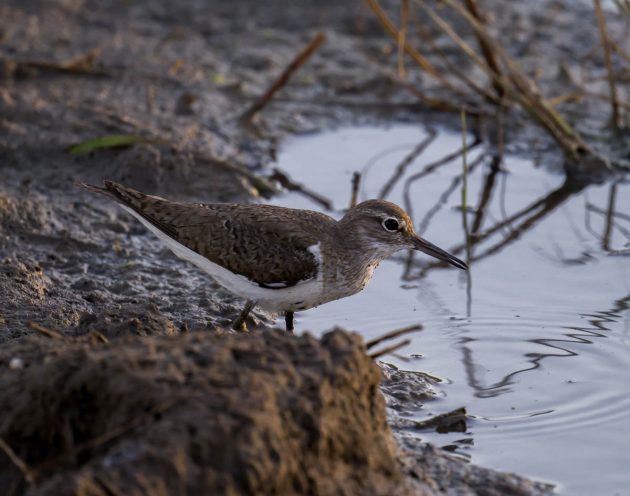
… an Oriental Magpie posing as another warning of the dangers of molt …


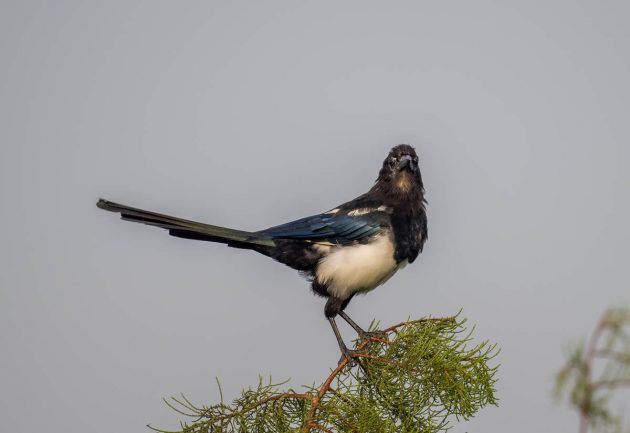
… a Brown Shrike posing as a private detective …
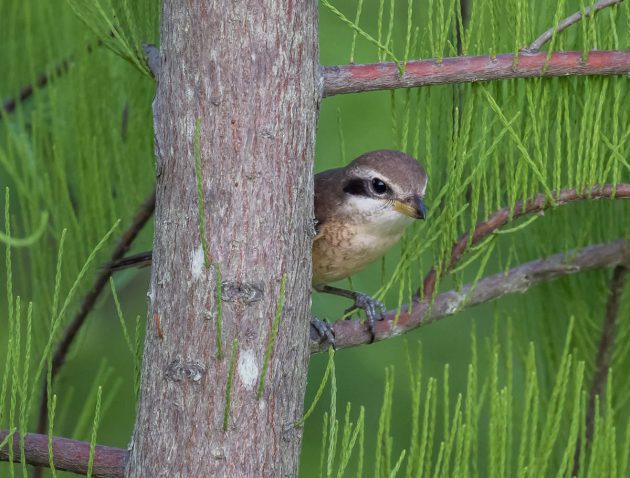
… (weirdly, the Latin species name is cristatus, even though I cannot see anything like a crest, which is what cristatus indicates) …
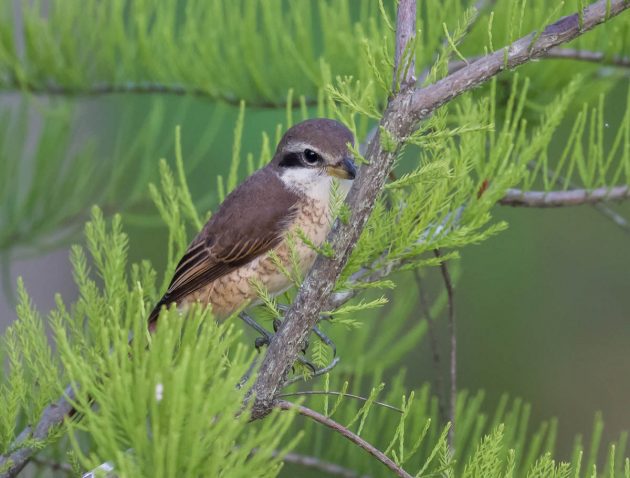
… and a Chinese Pond Heron posing as a punk.
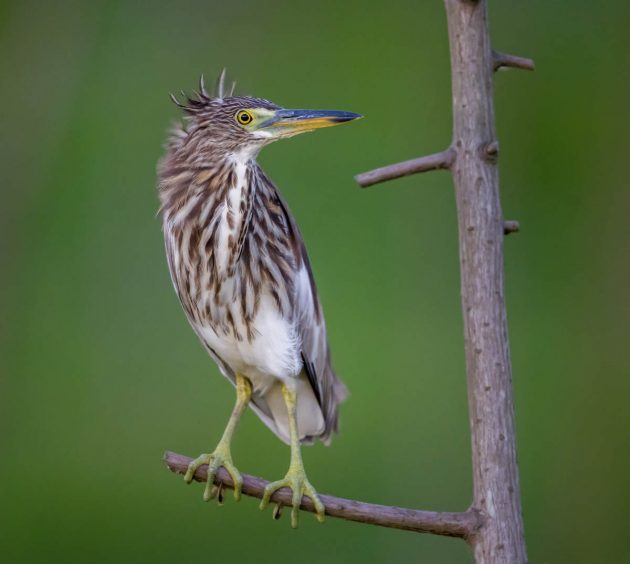
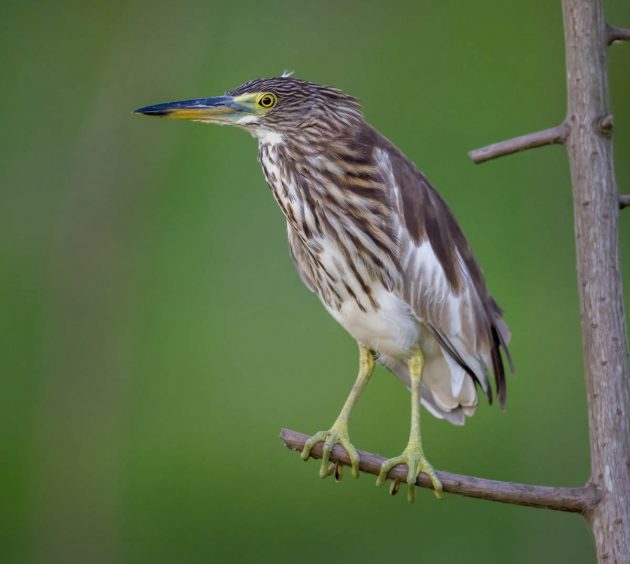
Fortunately, Common Snipes still do not look common to me.
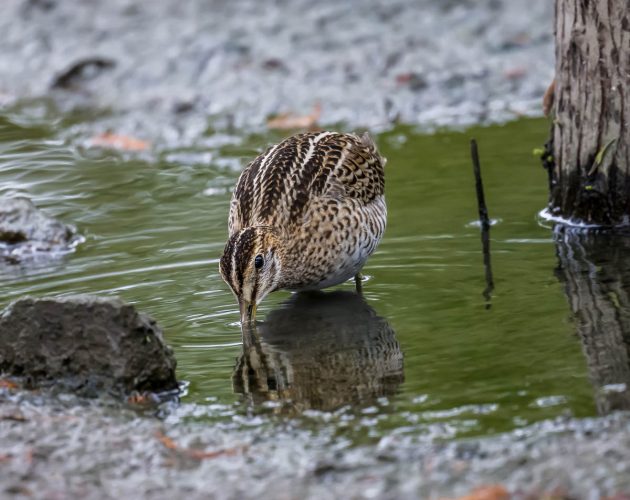
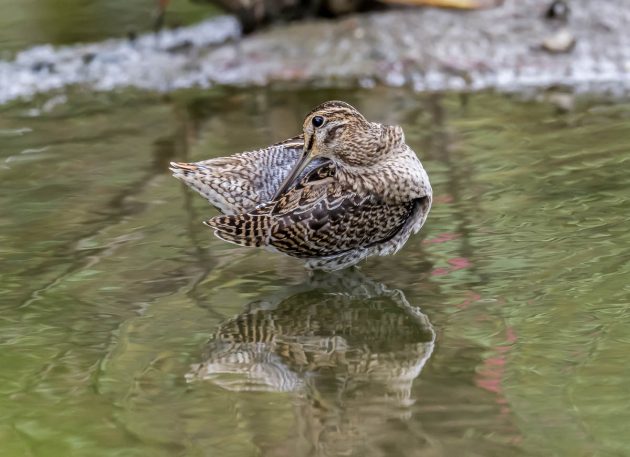
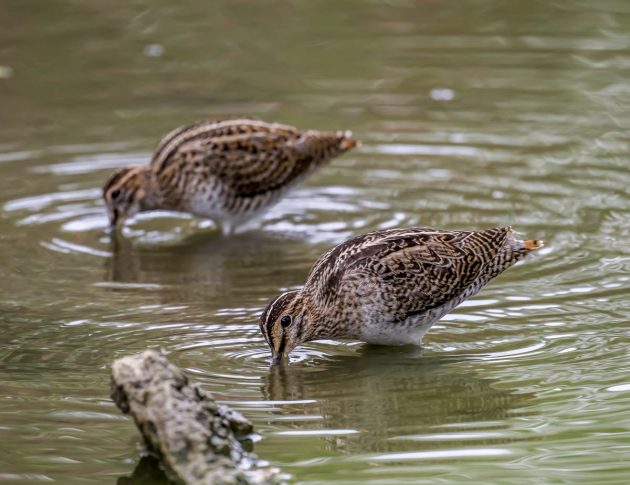
And I almost start liking the Red Turtle Dove. Mellowing with age? Or early onset dementia?
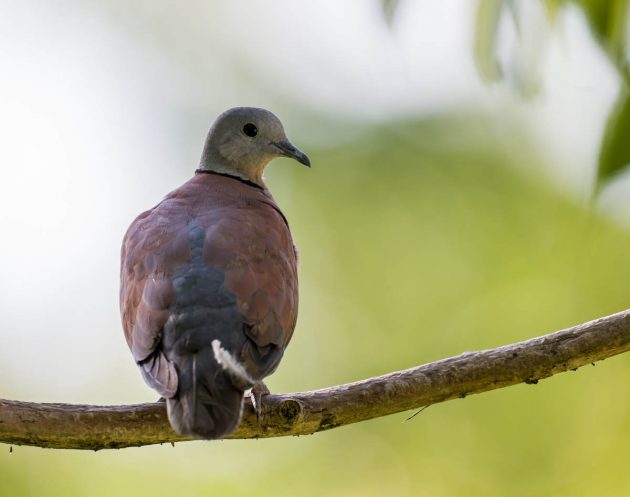
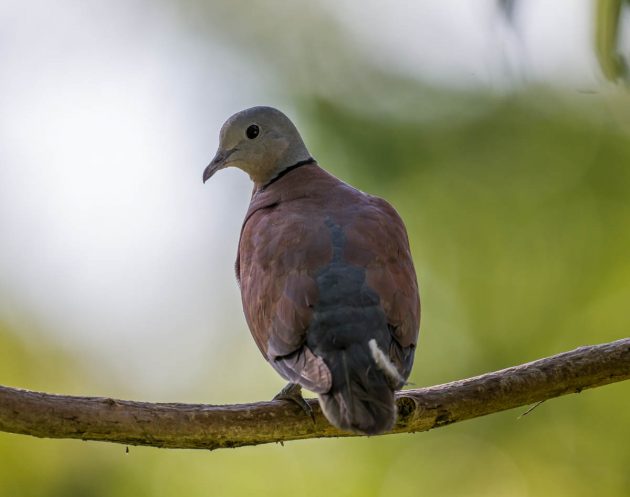
In the “birdwatching in popular culture” section, two entries this month (unfortunately both not doing much for my credentials as an intellectual).
In the Jack Reacher novel “The Enemy”, the fictitious father of Mr. Reacher, a Marine, is described as a birdwatcher:
“My own father … He watched birds. He had been in most countries in the world, and he had seen a lot of birds.”
And in season 4, episode 5 of “Killing Eve” (which turned out to be a rather disappointing season), a character named Helen talks about one of the two protagonists (Eve):
“I thought, there is someone who spends her life peering at more exotic specimens—like a bird watcher desperate to spy.”
Other highlights of the month: White-shouldered Starling …
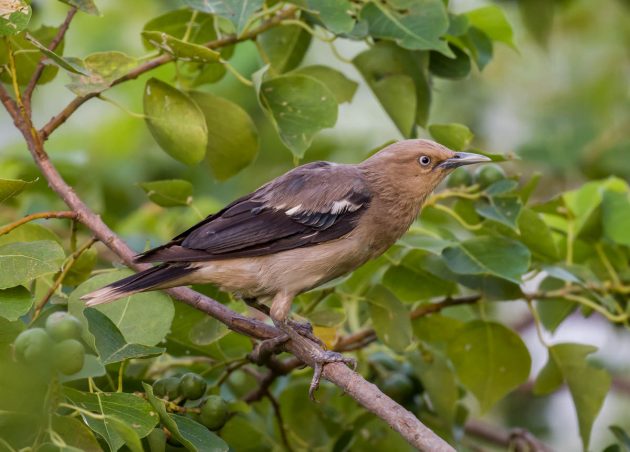
… Daurian Starling …
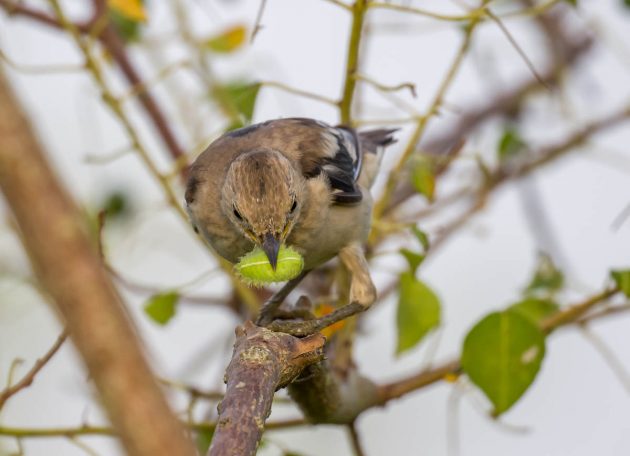
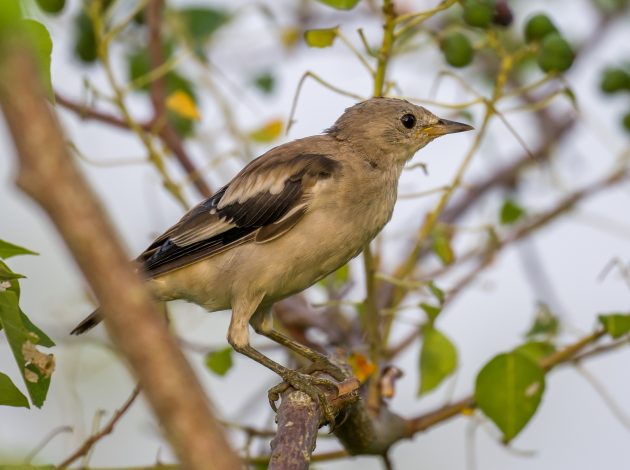
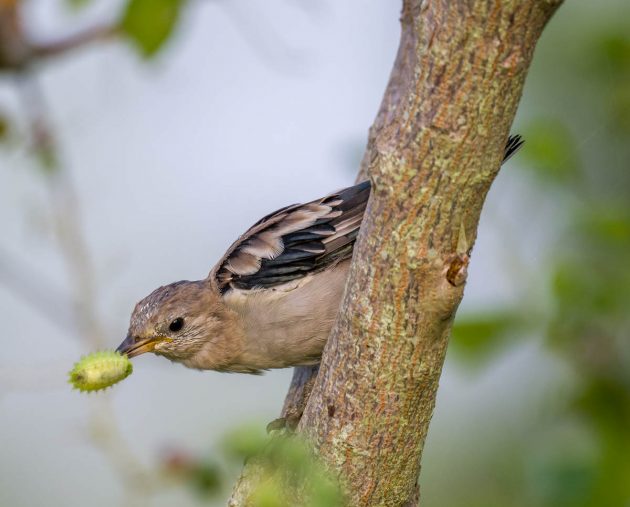
… Siberian Blue Robin …
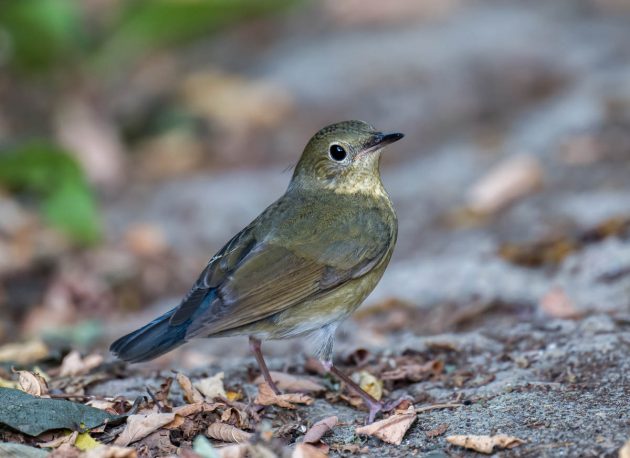
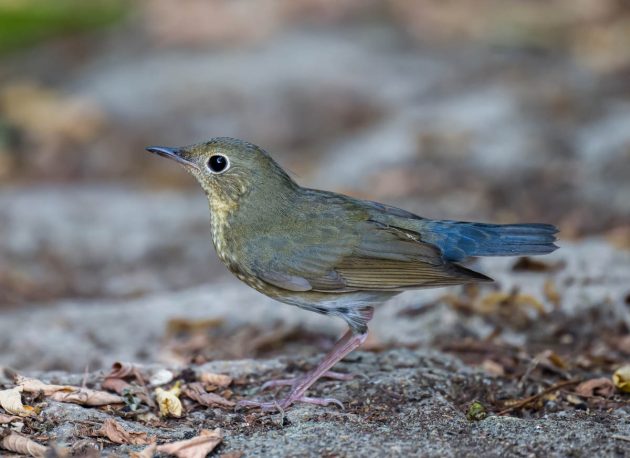
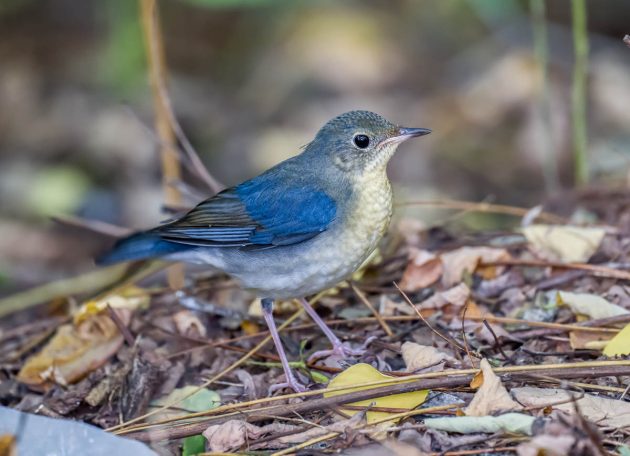
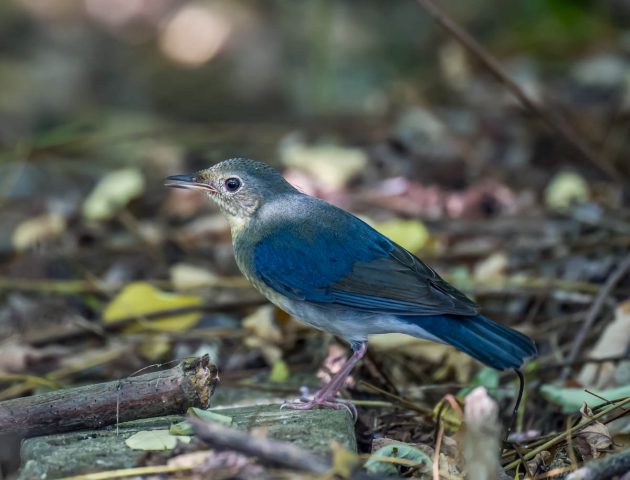
… several Cuckoo species that I do not dare to identify …
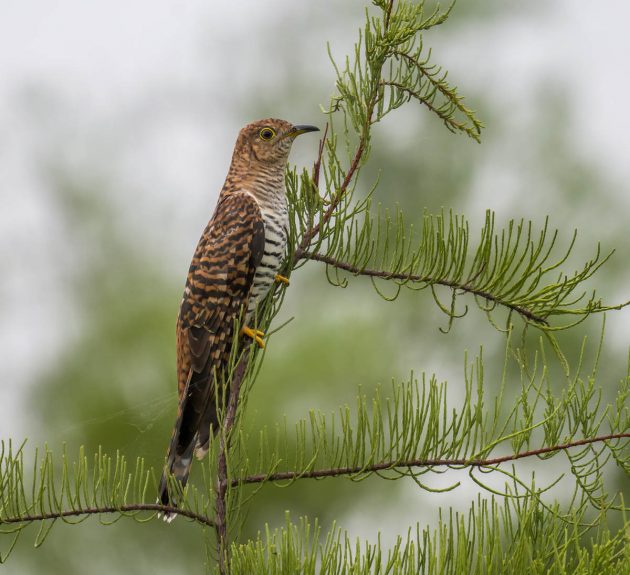
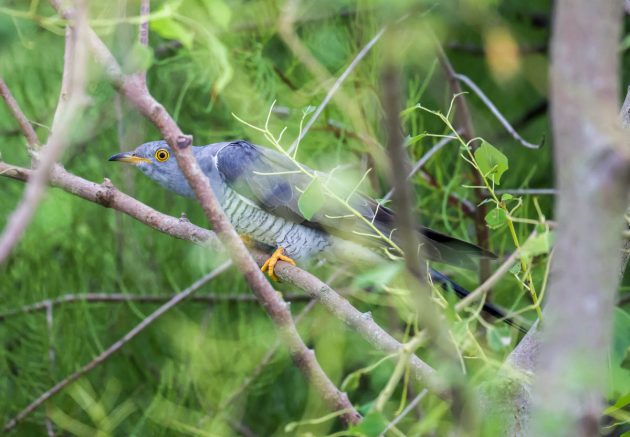
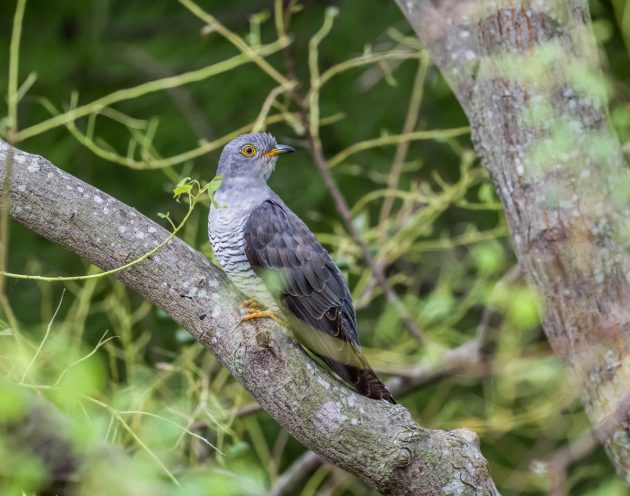
… and Oriental Dollarbird.
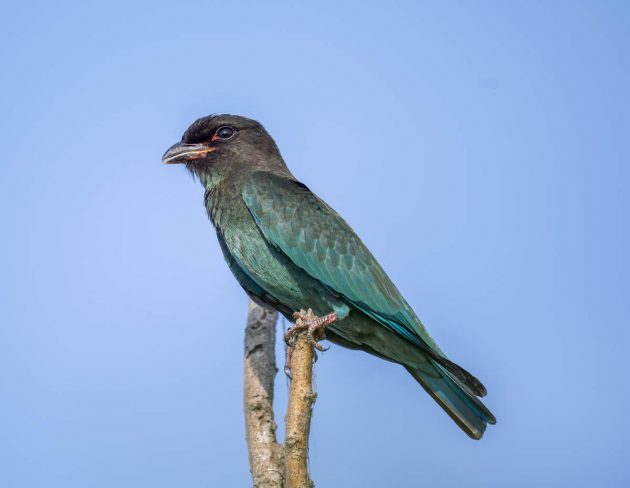
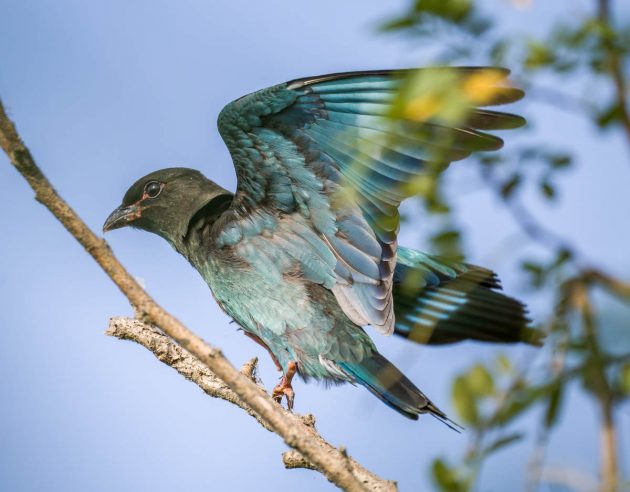
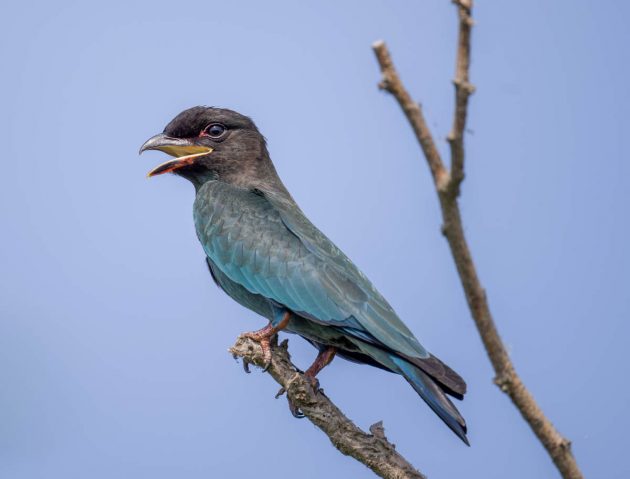
This is the photo to mention that the first part of the Latin species name, Eurystomus orientalis, means “wide-mouthed”.
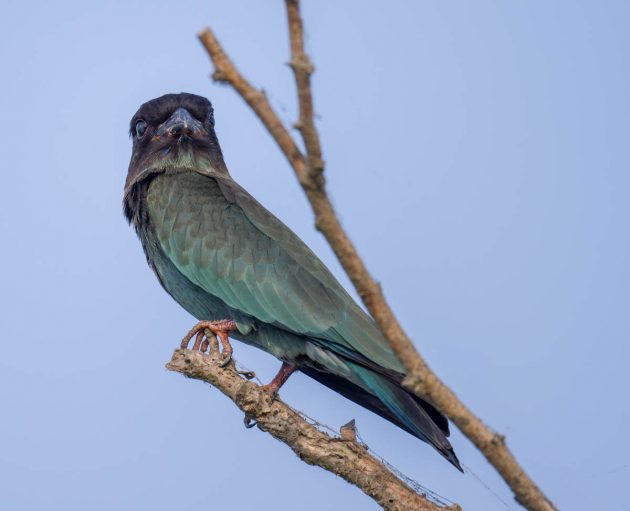
The Dollarbird eventually flew off, possibly to Australia – maybe it will show up in a future post of fellow blog writer Clare.
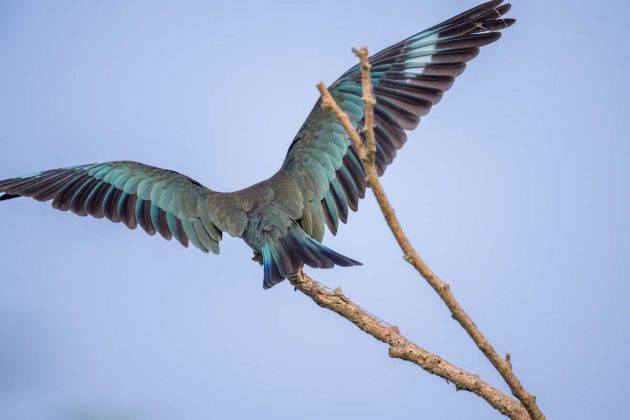
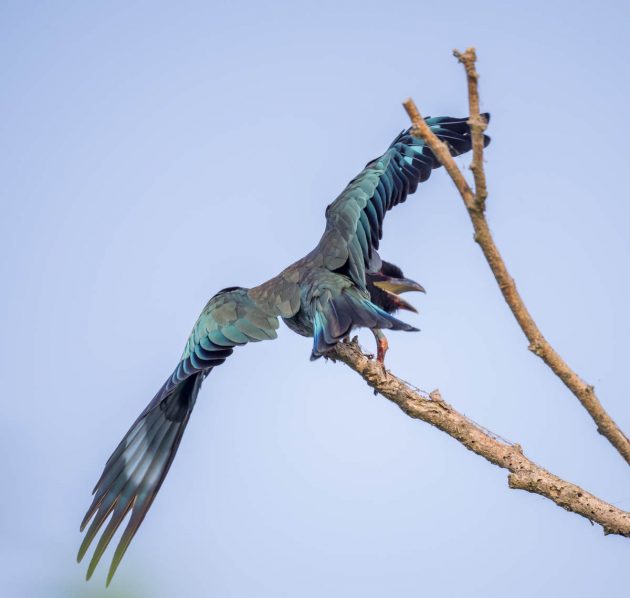



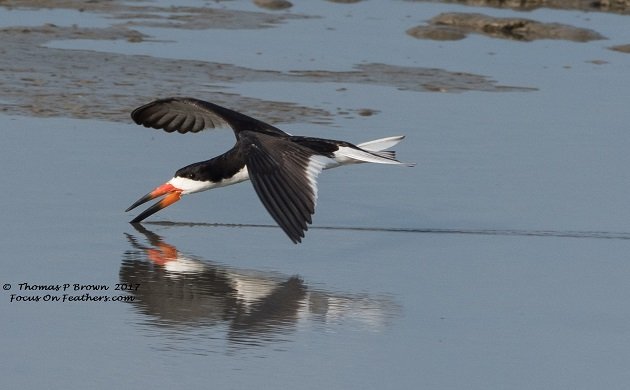

 New writers welcome – please contact us for details.
New writers welcome – please contact us for details.

















Leave a Comment